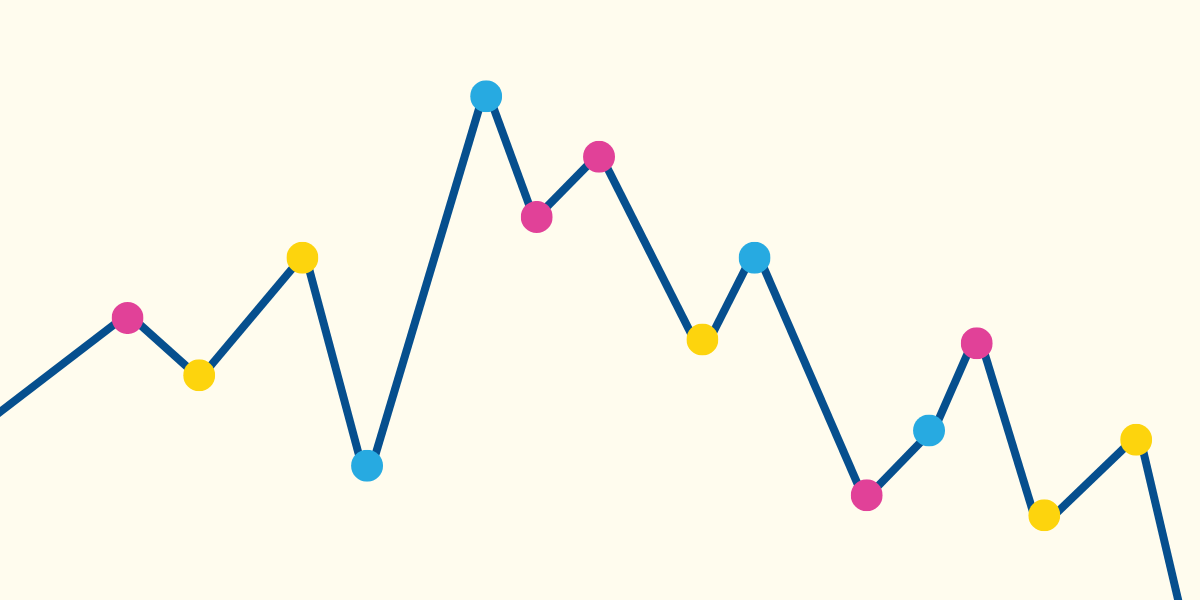Perhaps the most upsetting to me were the messages that said, “Thank you for asking; no one has asked me this.” Or simply, “I feel abandoned.”
So today, I want to run through a bit of what I learned from this survey. The first piece of which is: you are not alone.
You are not alone
I asked a number of survey questions that were amenable to data analysis. But I also asked people to just share how they were feeling. Many of these responses had similar themes. People, like this person, are struggling to balance fear of COVID with fear of isolation:
I am also scared. Scared of my kids getting COVID, scared that in protecting them from it, I have done more damage than the virus would have. Scared of all of the changes I will have to learn to make to be back out in the world again, and scared that I have to start doing that now that my son is almost 2, vaccine or not, for his sake. He turns 2 next month, and I want him to feel special. I want him to have a birthday party with some family and some other kids. With cake and balloons and games and the whole thing. And it terrifies me, even if we have it outside on a cold February day.
People wrote about feeling disconnected from former friendships, either because their family was more cautious or because they were less cautious. They wrote, at great length, about frustration with child-care closures.
Day-care closures are my nightmare. I just returned to work from maternity leave after November, and we have had countless illnesses since then, including me testing positive for COVID. Balancing work and these never-ending illnesses is getting exhausting, and I’m having a hard time finding joy in other areas of my life because I’m so worried.
You wrote about your frustrations with the vaccine delays or, on the other side, fear that you’d be pressured to vaccinate toddlers. Some of you wrote about your fear of continued masking of toddlers affecting their development; others wrote with worries that there wasn’t enough masking in child care.
The feeling of inevitability with Omicron is everywhere in the comments. As someone said:
I’m tired, very tired. I’m at the point where I’m thinking us all getting COVID could be good, so I can stop worrying and be more out and about with our 1-year-old.
A central theme among this group is the feeling of being abandoned. Policymakers emphasize the wonder of vaccines and promote test-to-stay to keep schools open. Yet kids under 5 cannot be vaccinated, and no one is helping figure out how to keep child care open. Never mind that this is the group with the hardest time masking and the largest possible downsides to doing so. It feels to many people that policymakers are saying this group doesn’t matter.
Part of what I think has been so challenging about isolation is that we’re having these fears alone, without the ability to share them. Part of this sharing is the quotes above. But it didn’t seem like enough. So I created this, which includes all your anonymous comments. It’s about 1,300 single-spaced pages. I don’t expect anyone to read it all. But I do think it is notable just how much there is. I wonder if perhaps policymakers might note that as well.
Of course, I also designed this survey to get a little data. So let’s dive in there and talk about what you’re saying in terms of anxiety and in terms of your activities.
Anxiety levels
I asked respondents to report their anxiety on a scale from 1 (not anxious) to 10 (extremely anxious; trouble sleeping). Here’s the overall picture in the data:
You can see the typical person is between 6 and 8, but there’s a wide range. It is always hard to know what a “7” anxiety level really means (it’s like when you’re in labor and they want to know your pain scale, and you’re like, Is infinity an option?). But these numbers seem very high to me.
When we dig in a little more, there are some notable variations. Anxiety is highest in parents with children 2 to 4, and lowest in those with children under 1. It’s higher in those using out-of-home child care, and lowest among stay-at-home parents (this is true even within age groups). These differences are relatively small — all of these groups have average anxiety numbers between 5.6 and 6 out of 10.
There is some fairly significant geographic variation. The graph below shows the average anxiety numbers by state (with a few foreign areas thrown in). Anxiety is a lot higher in the Northeast than in (say) Texas or Montana. Notably, the international data (other than Canada) suggests lower anxiety than in most places in the U.S.
Obviously, it is hard to know exactly what to make of this, given the selection procedure. The readers of this newsletter and my Instagram followers are a particular group, not chosen randomly. I do suspect the anxiety variation across space is reflective of the general population, simply given what else we know from the world.
I also asked about one out-of-home activity level: playdates. I was curious to know just how people were thinking about this, so I gave four options: wouldn’t consider playdates now; maybe under some circumstances; yes, unless you knew someone was sick; and yes, wouldn’t give a second thought. Here’s the overall distribution (l limited it to people with children in the 2-4 range, for whom this is a more relevant question).
Not surprisingly, very few people indicated that they wouldn’t give it a second thought, probably because one of the other choices was “fine unless active illness.” But between the other choices, it’s about evenly split. This means if you’re a “never playdate” person right now, you have company; if you’re a “roughly normal playdate” person, you also have company.
For this activity, though, the geographic split is even more stark. Below, I look at the share of people who said they wouldn’t consider a playdate. The no-playdate view is correlated with anxiety, so this graph is similar to the above, but there are some notable differences. Here, Canada and California show up as the places with the strongest no-playdate feelings, with almost half of respondents saying they wouldn’t even consider it. In contrast, this is just 5% in the U.K. and Idaho, and below 10% in a host of other states. Rhode Island is at the top here, too, so I guess I will not be invited to any playdates anytime soon.
What do you make of all this?
I started out with the goal of seeing some data. What I heard was a lot of feelings. The data is interesting, but feels secondary. To the extent that there is variation to understand, I read that we are still living in two different realities. There are places with fewer restrictions, with less anxiety, with more playdates. And others where more isolation is still the norm.
That’s the data picture. But the title here is really the main message. This is f*ing hard. And in whatever way it is hard for you, you are not alone.
Community Guidelines














